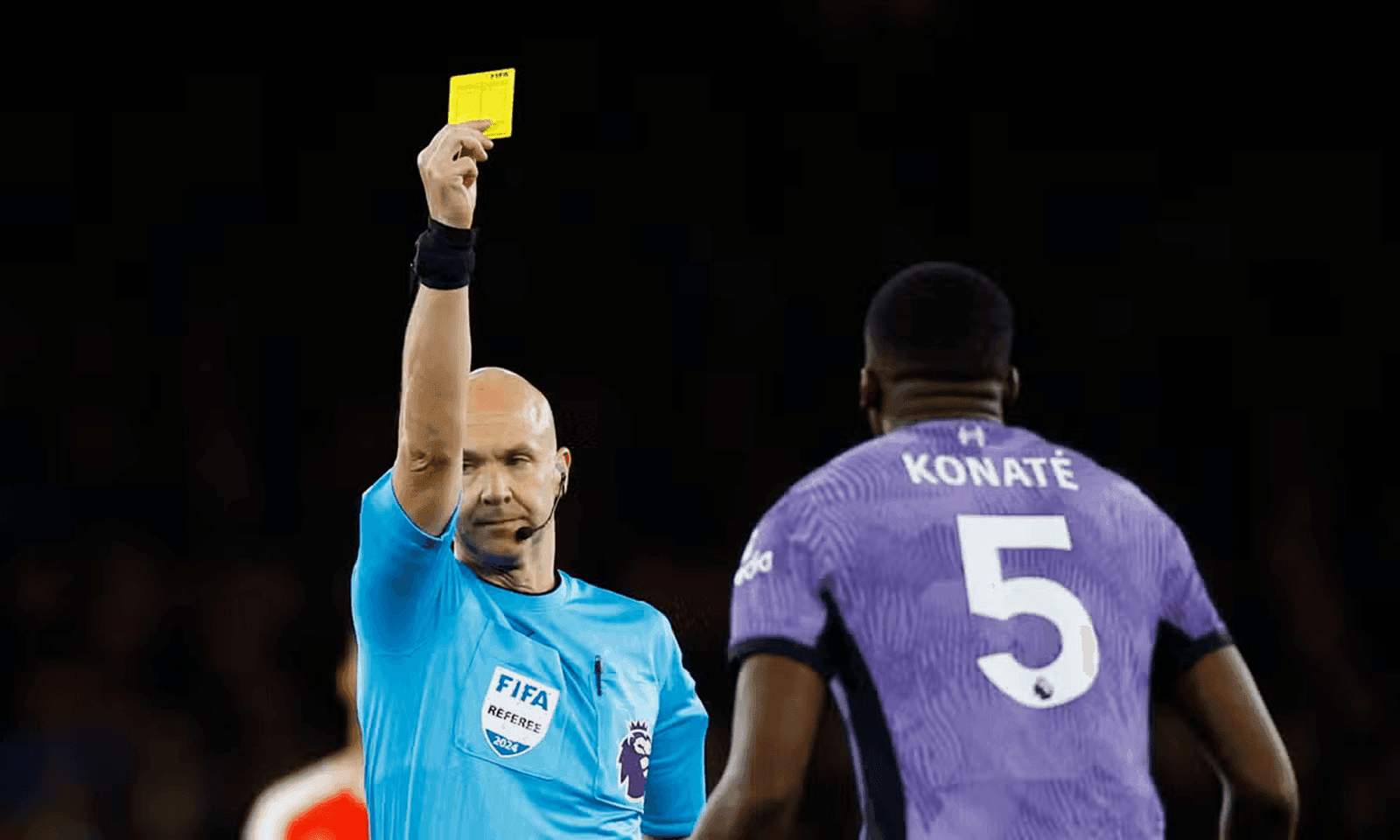Betting
What is a Patent Bet
We break down patent bets so that you can make them comfortably when betting.
SportsBoom offers honest and impartial bookmaker reviews to help you make informed choices. While we may earn commissions through affiliate links, our content remains independent and free from promotional influence. For more information, see our Content Transparency and How We Review pages.

Source: Evening Standard
If you’re into football betting, you’ll be familiar with placing singles, doubles, trebles and Bet Builders. But any one of the best football betting sites will offer another type of bet: the patent bet.
But what is a patent in betting? How does it work? Why is it popular and what’s involved when it comes to how to work out a patent bet in terms of potential winnings from one?
When sports betting, a patent bet is a bet made up of three selections. But it’s very different to the far more common and simpler treble, where the odds of each selection in it are multiplied by each other and you need all three to win in order for the treble to win.
Instead, when patent betting, you’re actually placing seven bets that make up the patent bet. And while some of those seven bets are related, others aren’t.
And that’s precisely one of the reasons why a patent bet is preferred by some gamblers over placing trebles, quadruples and the like: if one selection lets you down, you can still win on other selections and turn over a decent profit, despite that one losing selection.
Patent Composition
So how does a patent bet work in terms of putting one together?
The easiest way to explain it is to start with explaining how a Trixie bet works.
A Trixie is made up of four bets based on three selections. Let’s call the selections: A, B, and C.
A Trixie would be:
- 3 doubles: Selections A/B, A/C and B/C.
- 1 Treble: Selection A/B/C
So, what is a patent bet compared to a Trixie?
Simple. It’s the same four bets as in a Trixie, plus the three selections included as separate singles. So that’s a total of seven bets:
- 3 doubles: Selections A/B, A/C and B/C.
- 1 Treble: Selection A/B/C
- 3 singles: A, B and C.
Each of those seven is a bet in its own right. So, when working out how much it will cost you to place a patent bet, just decide on how much you want your stake to be for each of your bets and multiply that by seven.
Patent Bet Example
Let’s say that you want to place football bets on:
- Bet A: Bayern Munich to beat Mainz @ 2.2.
- Bet B: Liverpool to beat Everton @ 2.5.
- Bet C: Real Madrid to beat Villareal @ 1.8.
You could bet them all as singles or you could put them all together in a treble and hope they all win. Or you could place a patent bet.
Here are the seven bets making up the patent bet with the odds of each one at the end.
- Single: Bayern Munich to beat Mainz @ 2.2.
- Single: Liverpool to beat Everton @ 2.5.
- Single: Real Madrid to beat Villareal @ 1.8.
- Double: Bayern/Liverpool @ 5.5.
- Double: Bayern/Real Madrid @ 3.96.
- Double: Liverpool/Real Madrid @ 4.5
- Treble: Bayern/Liverpool/Real Madrid @ 9.9
Winners and Losers in a Patent Bet
Part of the patent bet explained was highlighting that you’re placing seven bets, each one for the same amount of money. Let’s say each of those seven was backed for 1 unit of money.
The next and very obvious thing to state is that the more of your selections that win, the better for you, because the more you’ll win.
Here are the hypothetical results of those three teams you backed to win:
- Bet A: Bayern Munich to beat Mainz @ 2.2. Bayern win.
- Bet B: Liverpool to beat Everton @ 2.5. Liverpool draw.
- Bet C: Real Madrid to beat Villareal @ 1.8. Real Madrid win.
Those three results affect all the seven bets in the patent bet. All selections involving Liverpool will be losers.
Here are the ones that would win and lose.
- Single: Bayern Munich to beat Mainz @ 2.2. Winner.
- Single: Liverpool to beat Everton @ 2.5. Loser.
- Single: Real Madrid to beat Villareal @ 1.8. Winner.
- Double: Bayern/Liverpool @ 5.5. Loser.
- Double: Bayern/Real Madrid @ 3.96. Winner.
- Double: Liverpool/Real Madrid @ 4.5 Loser.
- Treble: Bayern/Liverpool/Real Madrid @ 9.9. Loser.
The Patent Bet P and L
You would have staked 7 units on the patent bet.
4 of those units were on losing bets. 3 of those units would have been on winning bets at odds of: 2.2, 1.8 and 3.96 = 7.96 (including the 3 units staked).
7.96 units won – 3 units lost = 4.96 Units profit.
Had all three selections won, all seven bets would have won, and you would have won: 2.2 + 2.5 + 1.8 + 5.5 + 3.96 + 4.5 + 9.9 = 30.96.
But the fact that two of the three selections winning still returned a strong overall profit is a reminder of why many gamblers prefer the patent bet to the straight treble, where one selection means the whole treble lost.
On the other hand, of course, had all three lost and you would probably have staked and lost considerably more than you would on a treble.
Bets Similar to a Patent Bet
There are other bets that follow the same pattern of the Trixie bet and the patent bet in that they’re made up of a certain number of selections, which then become a multiple number of bets within the bet.
Here are two of them:
- Lucky 15- 4 selections making up 15 bets: 6 x doubles/4 x trebles/1x fourfold/4x singles.
- Lucky 31- 5 selections making up 31 bets: 10x doubles/10x trebles/5x fourfolds/1 x fivefold/5 x singles.
Similar types of bets to these are the Yankee (four selections) and the Canadian (five selections) with the key difference being that these last two don’t include the selections as singles.

James has been writing about cricket, football and tennis betting for the best part of 20 years for some of the biggest operators, websites and publications in the industry. Heroes and heroines include Paul Scholes, Chris DiMarco, Anastasia Myskina, Richard Gasquet, Nat-Sciver Brunt and Kumar Sangakarra.
Related Content
- Best AI Sports Betting Prediction Software
- What are Teasers in Sports Betting?
- Managing Emotional Bias
- What Are The Best Sports To Bet On?
- Parimutuel Betting Guide
- What Does SP in Betting Mean?
- What is a Prop Bet in Sports Betting?
- Superfecta Betting Explained
- What is an If Bet in Sports Betting?
- AI in Sports Predictions
- Futures Wagers Strategy
- Dead Heat Rules Betting
- Roulette Beginner's Guide
- Future of Betting Trends
- Line Movement & Sharp Action
- Fixed Odds Betting Explained
- What is a lucky 15 bet
- What Does Doubles Mean in Betting?
- What Does Overround Mean in Betting?
- What Does PK Mean in Betting?
- Wire-to-Wire Bets
- Social Media for Sports Insights and Wagering
- What Does 'The Chalk' Mean in Sports Betting?
- What is a ladder in sports betting?
- What is Head to Head Bets?